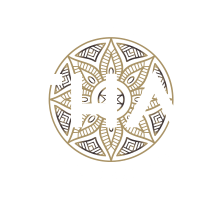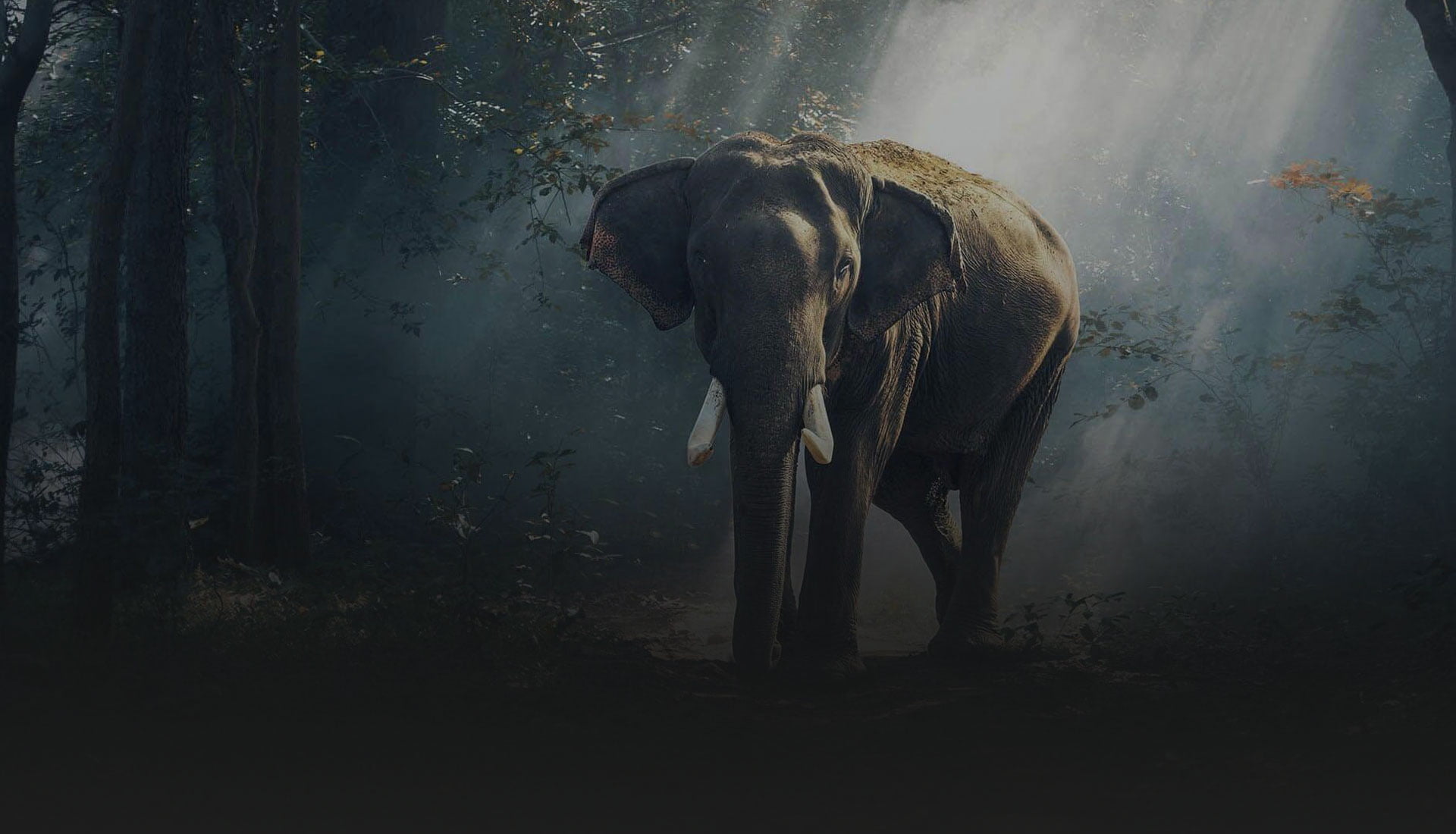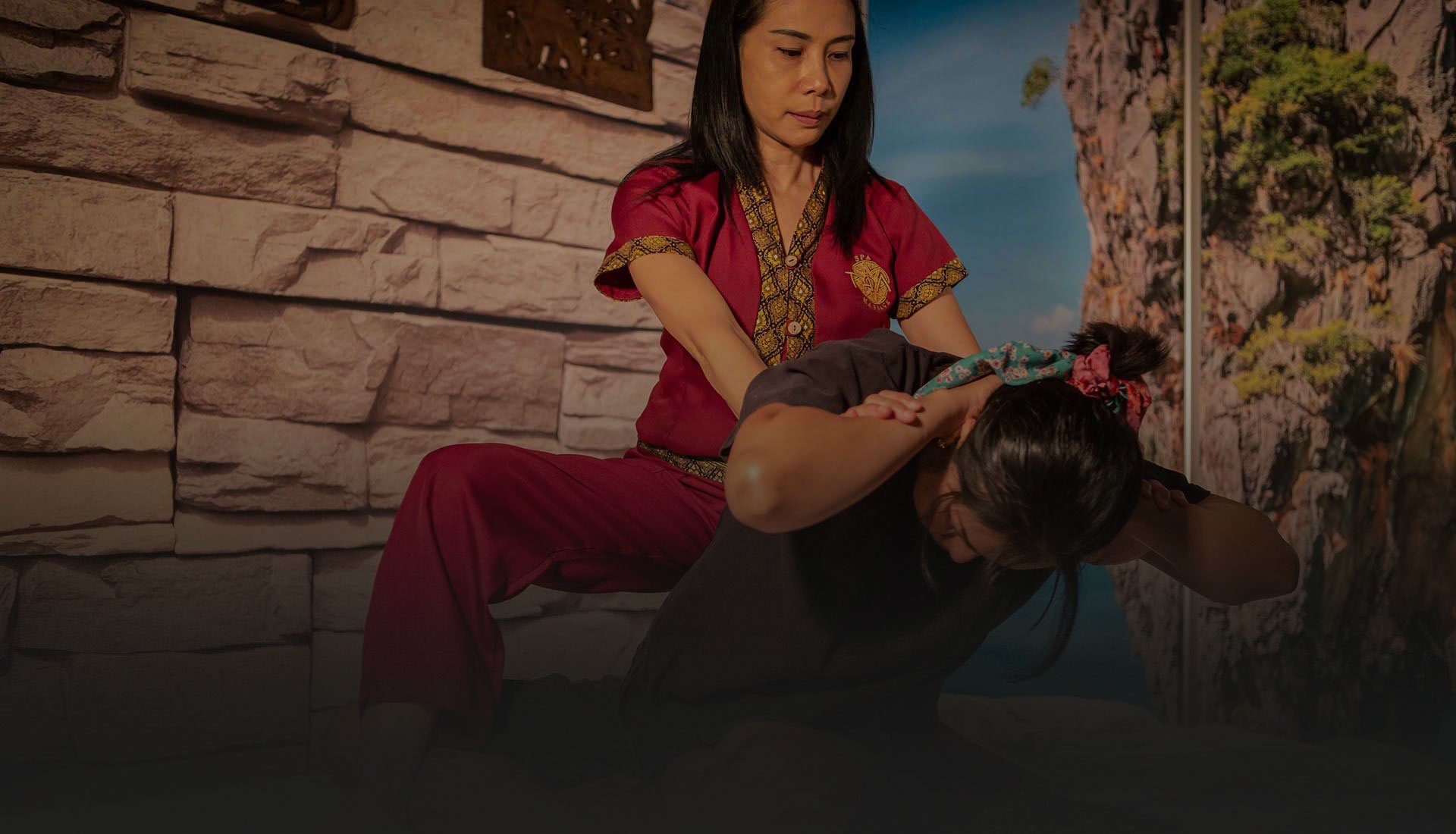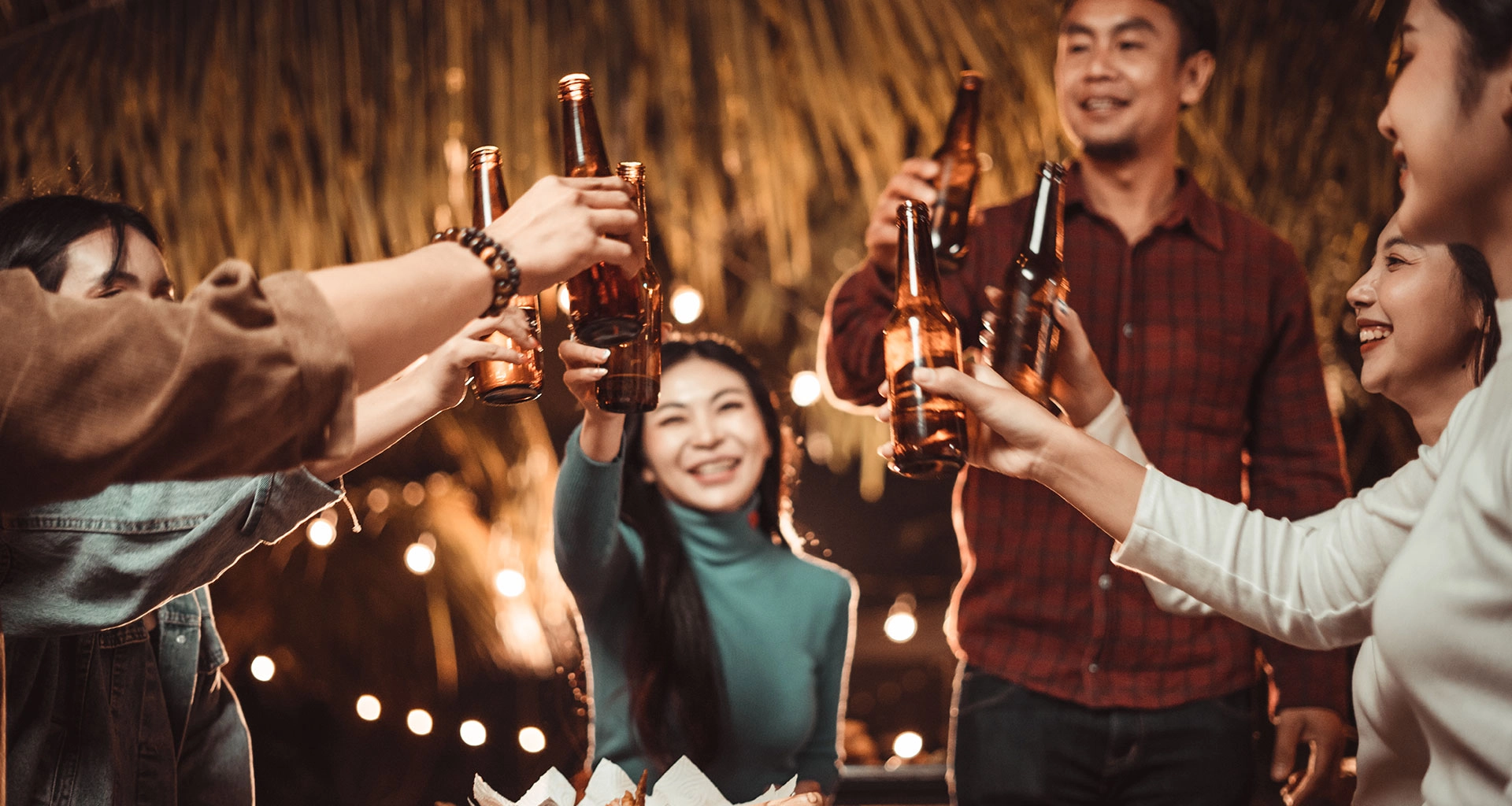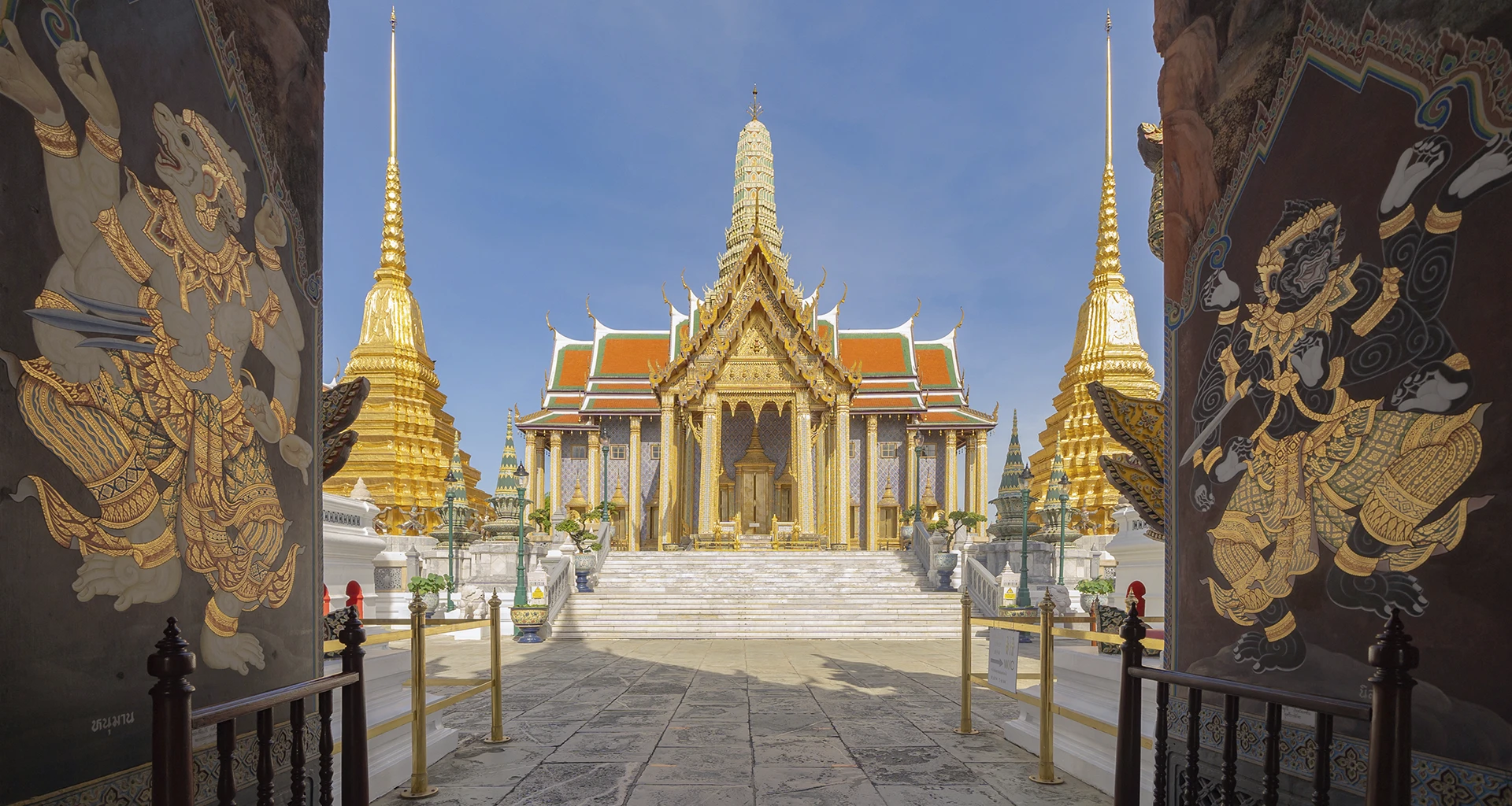From India to China, acupressure is an ancient healing technique used by sages to calm people’s ailments. Behind its history, there is a whole philosophy behind that we want to share with you.
The origin of an ancient technique
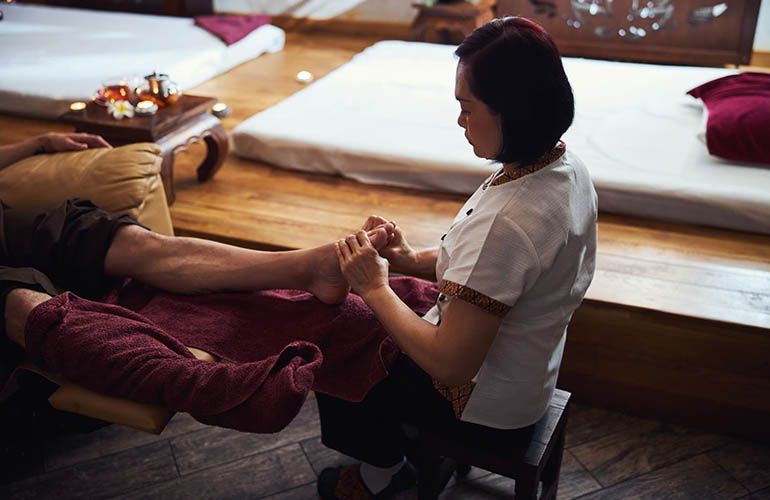
Acupressure is a tradition that has been practiced throughout Asia since the beginning of time. It is believed that its birth dates from about 5000 years ago in India, from where it spread to Egypt, China and other places on the Asian continent. This practice, since its creation in the Hindu country and the beginning of its dissemination in the cultures that coexisted in border kingdoms, is one of the bases of traditional Chinese medicine. Due to its “great empire” situation in the old world, it has facilitated the expansion of its wisdom through the great countries that surround it, absorbing wisdom from other cultures and influencing others with its own.
Acupressure in the West
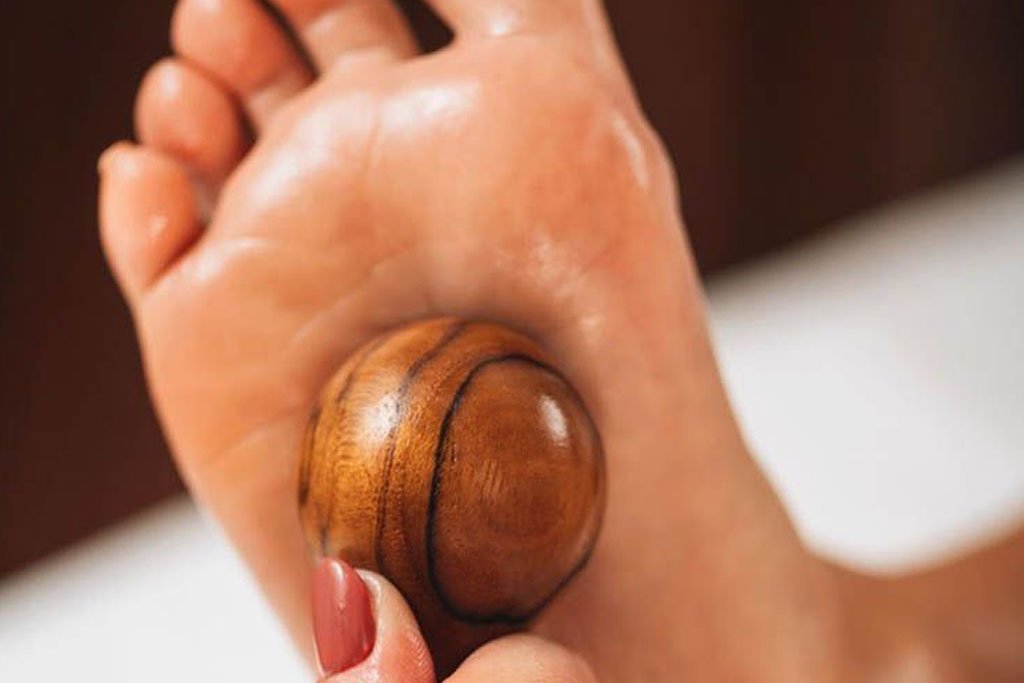
The art of healing with the touch and manipulation of the body has prompted the development of different techniques in different geographical locations, all with a common origin in Hindu Ayurveda. Clear examples are Shiatsu in Japan, Tui Na in China or Chuna in Korea. However, the spread of this ancient knowledge overcame Western barriers in the 19th century when many doctors from around the world decided to investigate Eastern knowledge.
The most notable among scholars is the American physician William Fitzgerald (1872-1942), also considered the father of reflexology. The otorhinolaryngologist, basing his study on the traditional meridians of acupressure, simplified the body into 10 vertical zones. The results of his analysis determined that patients who had been given a series of massages periodically in the study areas, suffered a more bearable pain and not so acute during the recovery of their interventions. Acupressure points on the hands and feet are the most common in this practice
Acupuncture goes beyond the body
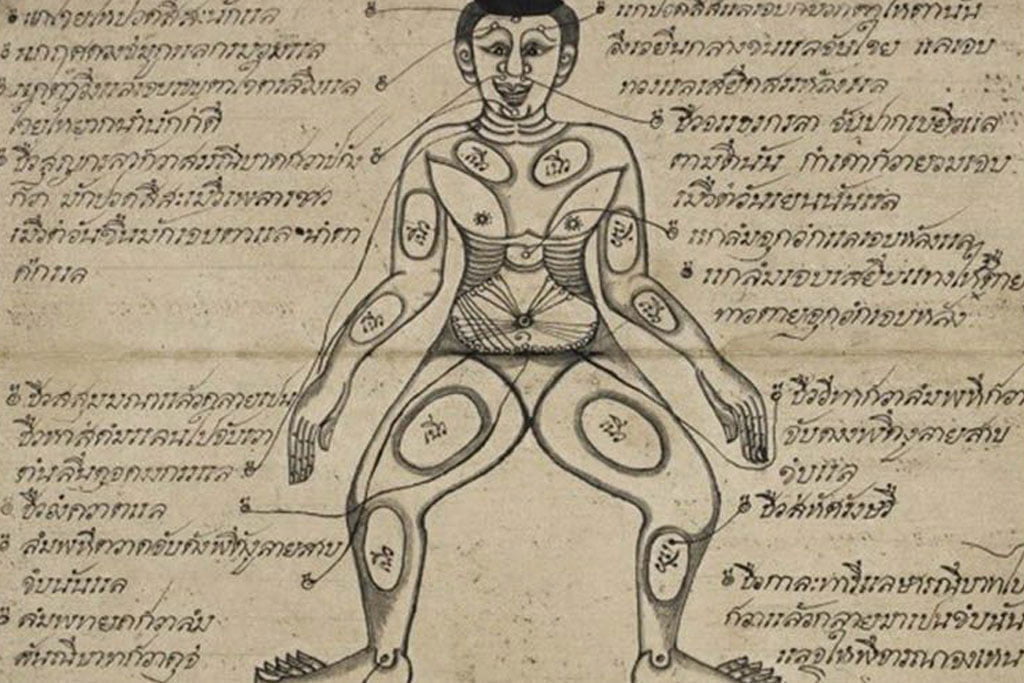
In traditional oriental medicine the exercise of these techniques and the foundation of their knowledge has a philosophical and spiritual basis. In this philosophy, the human body is made up of energy fields that, like roads and highways, make vitality travel throughout our being. This vital energy, better known as qi, is a complex concept commonly used in Traditional Chinese Medicine, Taoism and Buddhism that refers to the inherent quality of every human being: vital energy, life.
Traditionally, when there is an obstruction of that energy in some part of the human map, due to stress, lack of sleep or even some traumatic event, the flow of vitality stops flowing normally and can cause pain, discomfort and even illness. The objective of Tui Na, Chuna, Shiatsu and Thai massage itself – although the latter is the most different – is for the qi to flow without major difficulties to balance and maintain all vital energies in harmony. Stimulating these acupoints can also help with goals such as headache relief.
The Nuad Boran of the kingdom of Siam

Although the name may sound like a fantasy world, the ancient kingdom of Siam was the name by which Thailand was known until 1939. After World War II its name changed to what we all know today to the country of the smiles. Thanks to its ideal geographical position, Thailand has had a privileged position to access the cutting-edge knowledge of the two colossal powers that surround it, the Chinese Empire to the north and India, to the west through its borders in Cambodia, Laos and Burma.
The origin of Nuad Boran and Thai medicine is attributed to a single man, Shivago Komarpaj, who is also affectionately known to Thais as Po – Dad – Shivago. Komarpaj was the personal physician of the historical Buddha, Siddharta Gautama. The meaning of the name by which Thai massage is known is the combination of two words: Nuad, which means “to touch with the aim of healing” and Boran, which means “ancient” with etymological origin in the Sanskrit word Purāṇa. His attributions in the field of Thai acupressure were innumerable, however, the Nuad Boran that is practiced today is a composition of different disciplines that have been developed over time throughout the country, along with some indigenous techniques.
But how does it work?
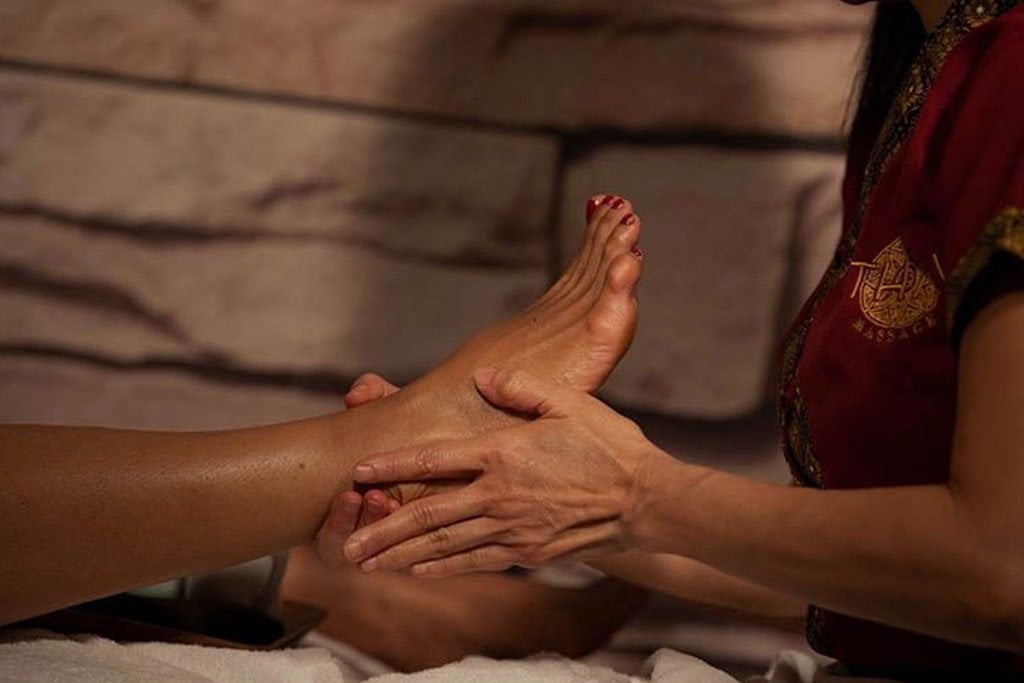
This ancient practice uses acupressure points where energy is stagnant to stimulate the regenerative properties of our own body and manage to deconcentrate pain and muscle tension through a therapy, which is considered a “passive yoga” or “yoga in couple ”for its active and relaxing movements. The Nuad Boran philosophy separates the totality of our being into 4 elements:
– Earth or din: bones, blood vessels, muscles and ligaments.
– Water or naam: Blood, body fluids and secretions.
– Air or lom: Regulates breathing, tension and balance between body and mind.
– Fire or fai: Controls digestion, metabolism and regulates temperature.
The role of the masseur in this practice is to know and manipulate the 72,000 Sen Paths to help the lom flow through our body, or what is the same, to know the acupressure technique and the affected points. To put it into practice, the masseur must know the exactness of the area of the lom path to be pressed in order for the therapy to be satisfactory.
Benefits

These are some of the most important advantages that acupressure has in our body.
– Redistributes and regulates the vital energy of our body.
– Reduces anxiety and regulates the nervous system.
– Increase the rate of our metabolism.
– Increases the patient’s energy.
– Stimulates the blood circulation of the body.
– Helps with sleep problems.
The great advantages offered by this technique are numerous. At Thai Spa Massage Barcelona you can enjoy the relief of acupressure for headaches, acupressure for anxiety, acupressure for sleep and other benefits thanks to the wide variety of massages that we offer in our center. Don’t forget to check it out!
